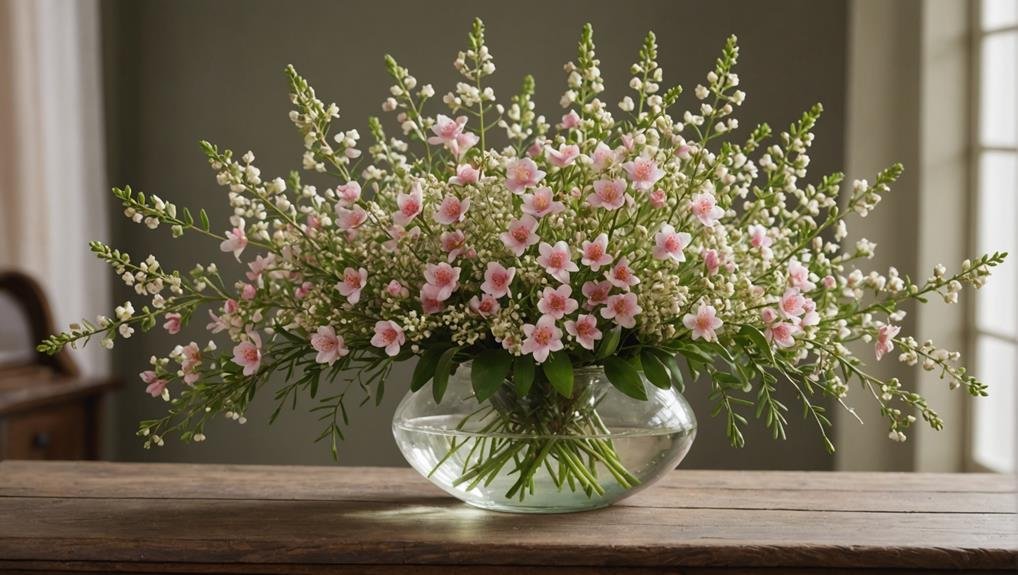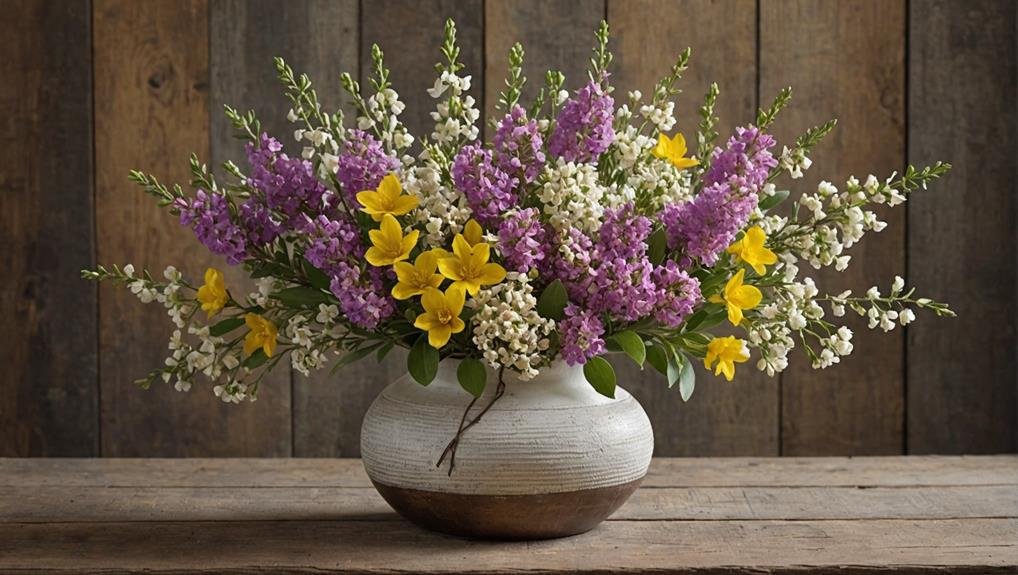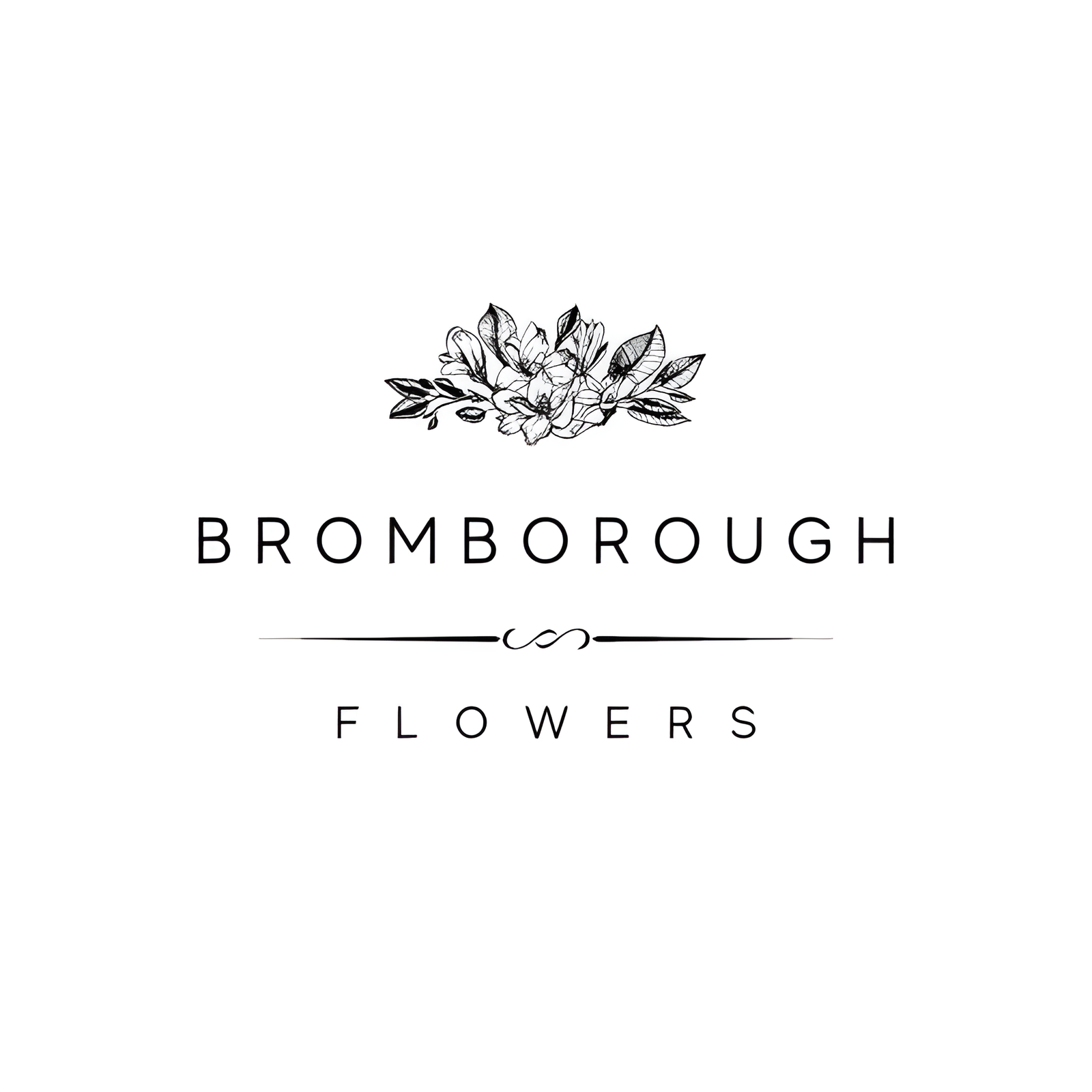When planning a wedding, the selection of flowers plays a pivotal role in setting the tone and enhancing the overall aesthetic. Among the myriad choices, Waxflower, or Chamelaucium, stands out for its unique attributes and symbolic meanings. Renowned for its waxy petals and rustic charm, this versatile bloom is available in a range of colors including pink, white, and burgundy. Its ability to complement larger flowers while adding texture makes it a valuable addition to any floral arrangement. But what truly makes Waxflower a quintessential choice for weddings? Let's explore its characteristics and discover how it can elevate your special day.
Flower Overview

Waxflower, also referred to as Chamelaucium, is a delicate filler flower from the Myrtaceae family, native to Australia. Renowned for its versatility, waxflower is frequently used in DIY wedding bouquets and various floral arrangements due to its symbolic representation of lasting success, patience, and enduring love. This makes it an ideal choice for rustic, country, and boho-inspired weddings, where its subtle charm can enhance the overall aesthetic.
The waxflower is available in a spectrum of colors, including pinks, white, cream, cerise, and burgundy, allowing it to seamlessly integrate into a wide range of color palettes. This diversity in color makes it a popular option for brides and florists alike who seek to add a pop of color to their arrangements without overpowering the primary blooms.
When creating floral arrangements, the waxflower's delicate nature requires careful handling to maintain its pristine condition. Often serving as a filler flower, it complements larger, more prominent flowers by adding texture and depth to the arrangement.
Given its popularity, waxflower is also imported for commercial use, ensuring its availability throughout the year for various events and occasions.
Physical Description
With its distinct waxy petals and branched stems, this resilient flower stands out for its unique texture and appearance. Waxflower, a member of the Myrtaceae family native to Western Australia, closely resembles the tea-tree plant Leptospermum. Its petals possess a notable waxy feel that contributes to its unique visual and tactile appeal. The plant thrives naturally in heathland conditions, especially near coastal areas, a proof of its hardiness.
Waxflower typically features branched stems adorned with hundreds of small, delicate flowers. This characteristic makes it an ideal choice for use as a filler flower in various floral arrangements. Its structural form allows it to provide volume and texture without overwhelming the main flowers in a bouquet. This quality is particularly beneficial for those engaging in DIY wedding flowers, as it adds a professional touch to homemade arrangements.
White waxflower is especially favored in wedding decor for its elegant and romantic look. Its subtle yet charming presence complements a wide range of floral designs, making it a versatile and popular choice. Additionally, Waxflower is often commercially sourced from Israel, ensuring year-round availability in UK wholesale flower markets.
Available Colour Varieties

Beyond its structural appeal, waxflower boasts an impressive range of color varieties that enhance its versatility in wedding floral arrangements. This delightful flower is available in an array of hues including pink, white, cream, cerise, and burgundy. Each color offers unique possibilities for creating sophisticated and charming floral designs that cater to diverse wedding themes and styles.
The commercially popular shades of waxflower are widely appreciated for their ability to complement other floral elements seamlessly. The vibrant hues can add a touch of elegance to any bouquet or centerpiece, while the softer tones bring a sense of understated beauty. These color options make waxflower an excellent choice for DIY wedding flower projects, allowing couples to craft personalized and creative arrangements.
Whether used as a filler to add volume and texture or as a focal point to draw attention, the diverse color palette of waxflower provides endless possibilities for wedding decor. Its versatility and beauty guarantee that it can adapt to various aesthetic preferences, making it a favored choice among florists and brides alike.
Essentially, waxflower's available color varieties play a crucial role in its enduring popularity in wedding floral designs.
Latin Name and Taxonomy
The Latin name for waxflower is *Chamelaucium uncinatum*, and it belongs to the Myrtaceae family. This family is renowned for its aromatic members, and waxflower is no exception. Characterized by its distinctive waxy petals, the plant shares morphological similarities with the tea-tree plant (*Leptospermum*), further highlighting its botanical heritage.
Waxflowers are particularly valued in the floral industry, especially in wedding arrangements where their delicate appearance and structural durability make them ideal fillers. The plant's taxonomy places it among other species that thrive in similar environmental conditions, and this classification aids florists and horticulturists in understanding its growth and care requirements.
In wedding bouquets, white waxflowers are especially popular due to their elegant and understated beauty. The flowers can vary significantly in stem length, ranging from 60cm to 120cm, adding to their versatility in creating diverse floral designs. This makes them suitable for various arrangements, from intricate bridal bouquets to grand table centerpieces.
Understanding the taxonomy of waxflower not only enhances its appreciation but also informs its best use in creating memorable wedding florals.
Geographical Origins

Waxflower, originally native to the diverse landscapes of Western Australia, thrives in the region's Mediterranean climate. This floriferous plant, belonging to the Myrtaceae family, has adapted well to the warm, dry summers and mild, wet winters characteristic of its homeland. The native geography contributes to the plant's resilience and hardiness, making it a popular choice for ornamental use, particularly in wedding arrangements.
The geographical origins of wax flowers are not limited to Australia. In fact, the commercial cultivation of these blooms has expanded significantly. Israel has become a major exporter of waxflowers, particularly to the UK wholesale markets. The country's favorable climate and advanced agricultural techniques have made it an ideal location for growing high-quality flowers.
- Western Australia: The birthplace of wax flowers, where they naturally thrive.
- Israel: A noteworthy producer and exporter, known for its high-quality blooms.
- Global Distribution: Wax flowers are now commercially available worldwide, catering to various markets.
Understanding the geographical origins of wax flowers provides valuable insight into their cultivation and distribution. Whether sourced from Western Australia or Israel, these delicate blooms continue to enchant brides and florists alike with their versatile beauty.
Season Availability
Given their global distribution, waxflowers enjoy remarkable season availability, making them a reliable choice for wedding arrangements throughout the year. These versatile blooms are particularly celebrated for their consistent presence in the floral market, ensuring that brides and wedding planners can incorporate them into their designs regardless of the season.
Waxflowers are at their peak during the spring and summer months, when they bloom most profusely. This makes them an excellent option for weddings held in these popular seasons, offering an abundant supply that can be used in both big, elaborate displays and more understated, DIY floral arrangements.
However, their year-round availability also means that they can be sourced for winter and autumn weddings, providing a touch of delicate beauty even in the off-peak seasons. Commercially, waxflowers are often imported from countries like Israel, adding to their accessibility and ensuring a steady supply.
Their variety of colors—including pink, white, cream, cerise, and burgundy—offers a wide range of options to match any wedding theme or color scheme. With such dependable availability and versatility, waxflowers remain a top choice for wedding florals throughout the year.
Growing Conditions

Thriving in heathland conditions, waxflower is particularly well-suited to the coastal areas of Western Australia. This hardy plant flourishes in well-drained, sandy soils and prefers full sunlight, making it an excellent choice for regions with similar environmental characteristics. Its adaptability to dry, arid climates allows it to grow with minimal water requirements, which is advantageous for sustainable gardening practices.
For those interested in cultivating waxflower as a DIY flower for personal gardens or floral projects, understanding its growing conditions is essential. Given its natural habitat, waxflower is resistant to drought and can tolerate poor soil conditions, although it benefits from occasional fertilization to enhance bloom production.
- Waxflower prefers maximum sunlight exposure for best growth.
- The plant thrives in well-drained, sandy soils.
- It requires limited water, making it drought-resistant.
The plant typically reaches stem lengths of 60cm to 120cm, providing ample material for use as a filler flower in various floral arrangements. Its versatility and resilience make it a popular choice for florists and gardeners alike.
Moreover, most waxflower in UK wholesale markets is imported from Israel, ensuring a steady supply for those who seek this flower for their arrangements.
Cultural Significance
Deeply embedded in Australian Aboriginal culture, the waxflower holds profound significance in ceremonies, rituals, and traditional storytelling. This delicate yet resilient plant is more than just a natural beauty; it is a symbol deeply intertwined with Indigenous culture and heritage. Its presence in various ceremonies underscores its role in spiritual and healing practices, while its symbolism reflects a connection to the land and a sense of community.
The waxflower's delicate blossoms are celebrated in traditional Indigenous art, serving as both a muse and a metaphor for the intricate relationship between people and nature. Knowledge about the waxflower has been passed down through generations, illustrating its importance in maintaining cultural continuity and identity.
| Aspect | Significance | Example Use |
|---|---|---|
| Ceremonies | Spiritual and healing practices | Used in ritual decorations |
| Symbolism | Connection to land and community | Represented in art and stories |
| Traditional Art | Muse for Indigenous artwork | Featured in paintings |
| Oral Traditions | Storytelling and education | Focus of folklore and legends |
In essence, the waxflower is not merely a floral element but a vessel of cultural depth and meaning. Its role in Indigenous culture underscores its significance beyond aesthetics, embodying the spiritual and communal values of Aboriginal communities.
Typical Use in Weddings

Building upon its cultural heritage, the waxflower's delicate beauty and symbolic meanings make it a popular choice for various wedding arrangements, including bouquets, centerpieces, corsages, and boutonnieres.
As a versatile filler flower, waxflower adds an exquisite touch of elegance and romance to any wedding theme, particularly those inspired by rustic, country, or boho styles. Its delicate texture and vibrant color palette, ranging from lavender to fuchsia, enhance the overall aesthetic of wedding arrangements, providing a natural yet sophisticated look.
Waxflower's symbolic meanings of lasting success, patience, and enduring love make it a heartfelt addition to wedding decorations. Its stems, which can vary from 60cm to 120cm in length, offer flexibility in design, allowing for creativity in both traditional and contemporary floral arrangements. The durability and longevity of waxflower further contribute to its appeal, ensuring that wedding arrangements remain fresh and beautiful throughout the event.
- Enduring Love: Waxflower symbolizes the enduring love between couples, making it a meaningful choice for wedding decor.
- Versatility: Suitable for bouquets, centerpieces, corsages, and boutonnieres, it complements various floral designs.
- Rustic Charm: Perfect for rustic and boho-inspired weddings, adding a touch of natural beauty and sophistication.
Alternative Flower Types
For those looking to diversify their wedding floral arrangements, consider incorporating alternative flower types that offer a similar delicate and airy aesthetic to waxflower. Baby's breath, astilbe, and Queen Anne's lace are excellent choices that can provide this desired look. Each of these flowers brings its own unique charm while maintaining the light and ethereal quality that makes waxflower so appealing.
To add depth and texture to your arrangements, explore alternative filler options such as hypericum berries, seeded eucalyptus, or dusty miller. These elements can complement your floral designs beautifully and provide a lush, full appearance.
In terms of focal flowers, consider incorporating spray roses, ranunculus, or lisianthus. These blooms can serve as stunning centerpieces in your arrangements, offering a unique and personalized touch. Additionally, experimenting with different greenery options like Italian ruscus, ferns, or leather leaf can further enhance the texture and depth of your floral creations.
Below is a comparison to help you visualize these alternatives:
| Alternative Flower Types | Filler Options | Focal Flowers |
|---|---|---|
| Baby's breath | Hypericum berries | Spray roses |
| Astilbe | Seeded eucalyptus | Ranunculus |
| Queen Anne's lace | Dusty miller | Lisianthus |
Mixing and matching these alternative flower types and greenery will create a diverse and visually appealing bouquet, centerpiece, or boutonniere for your event.
